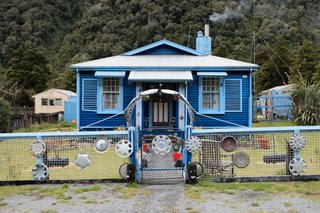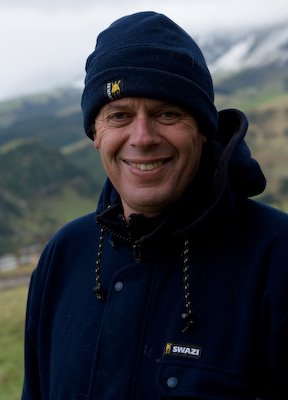Digital Basics volume 32

Kia Ora tatou:
Welcome to the second of my Digital-For-Beginners posts.
A common question, which is often asked by beginners, is the difference between a RAW file and JPEG. What they are often asking is whether JPEG is adequate, and whether it's worth putting the extra effort into mastering RAW files. Fair enough. Let's have a look at the difference.
JPEG is short for Joint Photographic Experts Group, a body originally established back in the 1990s to come up with a common standard for transmitting images across the Internet. Some of us will remember having a massive 14.4 K modems in our machines! These days a 56k is slow, and image transmission is so heavy that unless you've got broadband, you get to drink a lot of coffee waiting for something to happen.
If you've ever opened a JPEG, and compared the file size between closed and opened, you will probably have marveled at the sudden increase in size. It's a bit like having one of those suitcases that expands and expands and expands. What happens when you save as a JPEG, or when your camera writes a JPEG to the card, is that the software looks at areas where the pixels have common values, and writes a small algorithm (formula) for that area of the image. A JPEG is thus composed of a whole series of little formulae, a kind of shorthand for the original image. That explains why some JPEGs are at the same resolution are smaller or larger than others. When you select low compression, or high-quality, the algorithm is much tighter in the areas of pixels and defiance. That is, it will select pixels with a very similar RGB values. When you compress the image heavily, by selecting a low quality result, the algorithm extends further and includes pixels with more disparate values. The saved image is then composed of a number of formulae, a bit like an algebra exercise book, which imaging editing software is able to read. This means you can get more images on your memory card.
But there is a downside. The software you use to open the image and work with can make mistakes. The more you compress the image, the more likely you are to get some errors in reading the original files. We have probably all played the Chinese Whispers game, where everybody lines up, the messages begin at one end and pass through to the other, and then the beginning and end message are compared. Inevitably, they are different. Opening and closing a JPEG is a bit like this. The more you open and close it, the more likely it is that something will be misinterpreted. To avoid any change in the JPEG, it is critical that you archive as soon as possible after capture.
Burn, baby, burn!
If you are shooting JPEGs, when you press the shutter, the data is processed before being sent to the card. Things like saturation, white balance, exposure, sharpening, which are set on the camera by you, are all used by the camera’s in-house processor to develop the image. The camera does what you tell it to. If you get it wrong, then you live with the consequences. While much can be recovered in your image editing program, it is far better if you get it right at the point/time of capture. That means you have to be on top of your technique, and make the right decisions.
Before you shoot.
And often that isn't easy.
RAW files work by sending the data direct to the card without any production work being done by the cameras on-board processor. You then use image editing software to develop the image. This means that you can process the original data over and over again, making subtle but important tweaks. Until you are happy.
To use the film analogy: shooting a JPEG is like shooting a role of transparency, then sending it to the lab. If you get it right, that's fantastic. If you've made a mistake in exposure or filtration, rescuing it is a major effort. Sometimes an impossible one.
Shooting a RAW file as like being able to take your roll of film back to the lab time and time again until you get things the way you want. One of the joys of working in the darkroom has always been the ability to make decisions about how the film would be processed and printed. Admittedly, you only got one shot at it, but there is a far greater degree of control in the production of the final image-which is why most serious black-and-white photographers prefer to print their own. Just ask Ansel (well, you can’t, because he doesn’t say much these days).
It's no coincidence that most of the entry-level digital cameras shoot only JPEG. The people who use them, just want to make photographs, much the same as their predecessors did with their film point-and shoots. As long as it came out and looked relatively okay, everything was cool.
JPEG's offer simplicity, ease of storage, and predictability.
If you're serious, however, about making the best possible images, about having control over as much of the process as possible, and having the flexibility to make changes post-capture, then RAW has to be the way to go.


0 Comments:
Post a Comment
<< Home